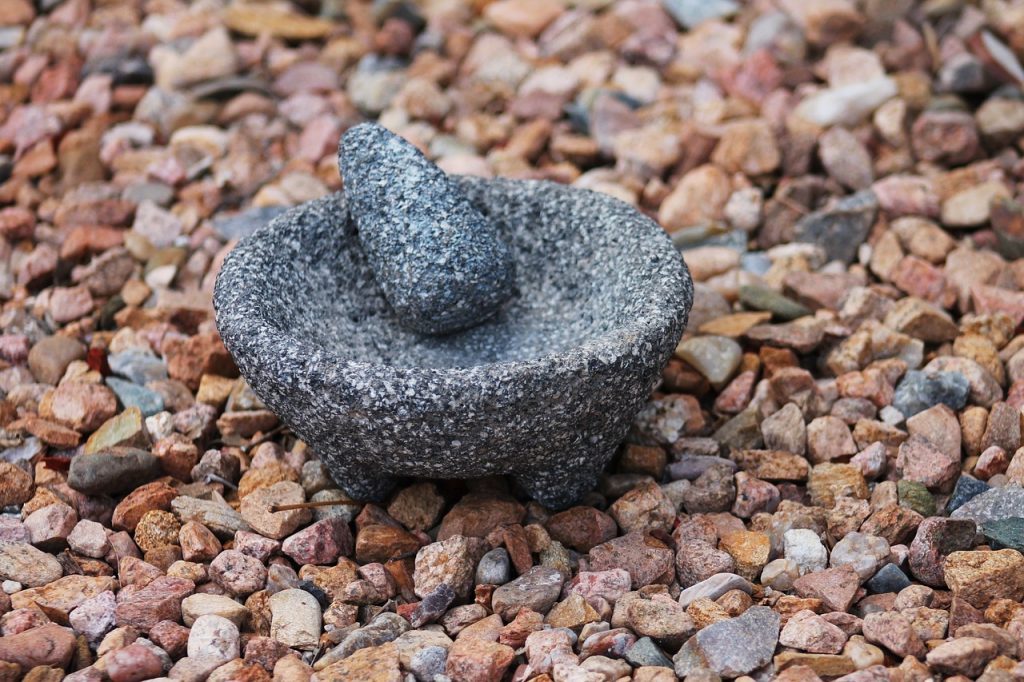All opinions are mine and mine alone.
5 Places In The US Where You Can Learn More About Native American History
Several historical places show that Native Americans have been living on the land that is now the United States of America for over 2,500 years. They lived as hunters, gatherers, and farmers, establishing permanent settlements known as pueblos.
Today, countless museums and monuments show their way of life and beliefs, along with some tribes still practicing the said lifestyle in the US. People come from all over the world to see these culture-rich monuments of history and fascinate themselves with the indigenous way of life.
Here are five places in the US that you can visit to learn more about Native Americans, either as an interest or a leisure activity when resting from your hunt for houses for sale in Phoenix, New York, or anywhere in the US.
Heard Museum in Phoenix, Arizona
There are 22 different Native American pueblos recognized by the Federal government all over Arizona. One of the earliest cultural monuments in Arizona can be found in Phoenix—the Heard Museum. It is a prime destination for all those who want to learn about American Indian history, art, and culture.
The Heard museum gives visitors a unique experience with their galleries and exhibits, with six to eight new exhibits each year, so that returning visitors can have something to look forward to.
The museum also holds an annual Indian Fair and Market in March. It is one of the largest Native fairs held in Arizona, featuring over 700 native representatives and artists.
Queens County Farm Museum in New York, New York
New York houses over 111,000 Native Americans, the largest registered population in the US. The Queens County Farm Museum is one of the biggest collection of exhibits, statues, souvenirs, and other tributes to native history.
Every year, there is a fair named Thunderbird American Indian Mid-Summer Pow Wow, the largest fair in the city. This fair represents a very promising source of information about Native Americans.
There is also the American Indian Community House in New York. Offering health, counseling and other services to the Native Americans.
Denver Art Museum, Colorado
The Denver Art Museum in Denver, Colorado, is known all over the world for its historical exhibits, including that of Red Indians. It includes art, historical collections and exhibits showing everything from 19th century ceramics to Arapaho beaded garments and contemporary glasswork.
The museum holds cultural celebrations each September, namely the Friendship Pow Wow and American Indian Cultural Celebration, and on September 2014, they celebrated the 25th anniversary. In these events, there are Native American dancers, drum groups, vendors, and artists showing off their culture.
American Indian Film Festival in San Francisco
For us to understand the native life better, one of the best ways is to see it with our own eyes. You can experience this at the American Indian Film Festival in San Francisco.
The festival takes place annually in November, where you can see their lifestyle being filmed and showcased. The area where the festival takes place was originally home to the Ohlone and Miwok tribes, both of which are separated by a bridge.
The villages can be seen in their peaceful and pristine settings, as far away from technology as one can be now.
National Museum Of The American Indian, Washington DC
One of the first museums in the US dedicated solely to the Native American heritage is the National Museum of the American Indian. It holds over 12,000 years of history of more than 1,200 indigenous tribes, highlighting their cultures and features, shining light on their simple yet hardworking lifestyle.
The museum is located in the National Mall between Smithsonian National Air and Space Museum and the US Capitol Building, thus allowing easy access to all visitors.
There are countless other museums and festivals which can help one learn more about the native Americans. Had it not been for these places, a large part of history might have been all but forgotten, and so much invaluable information about America’s cultural heritage might have been lost.




Speak Your Mind